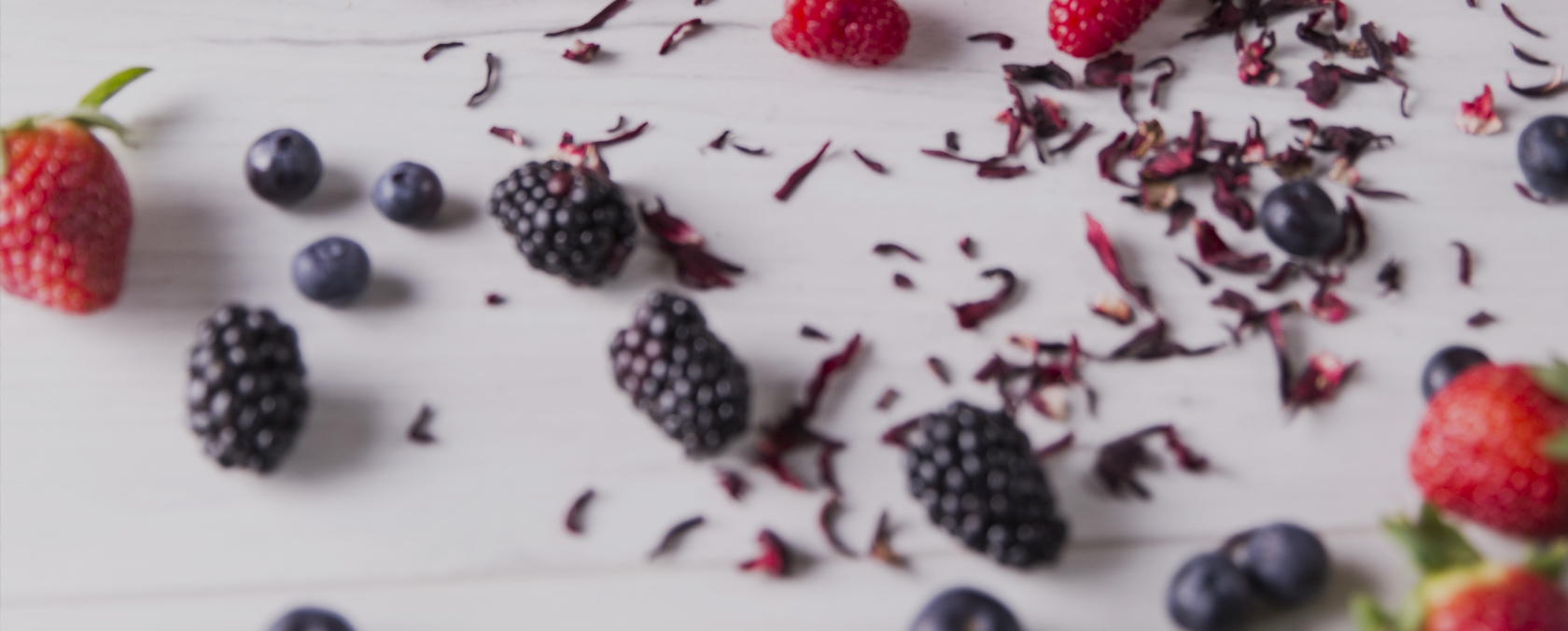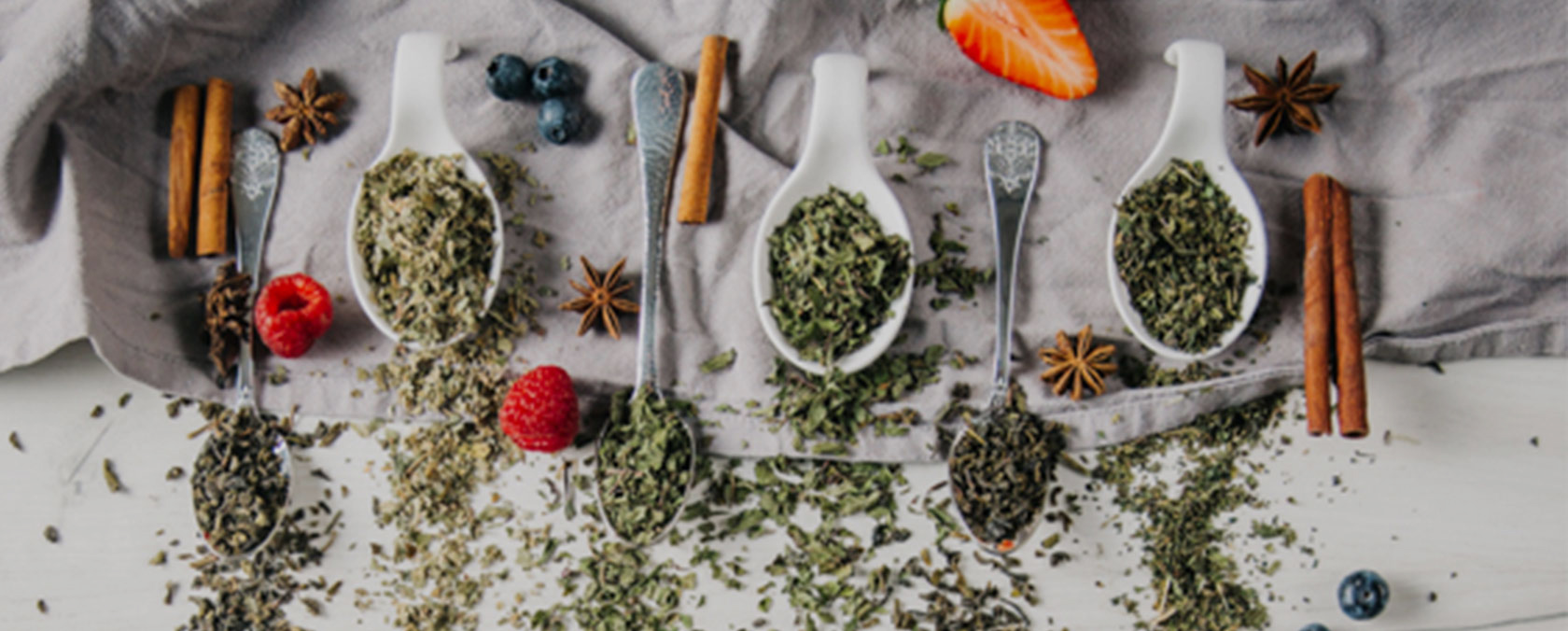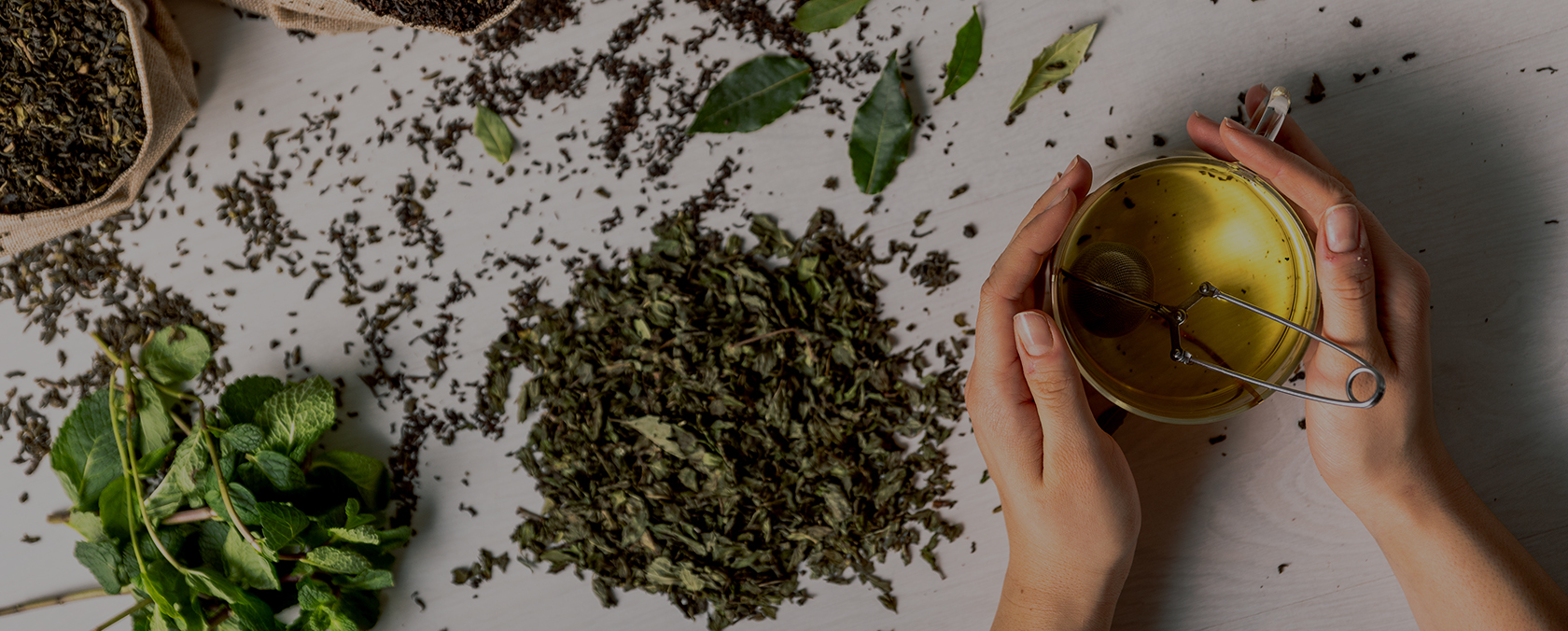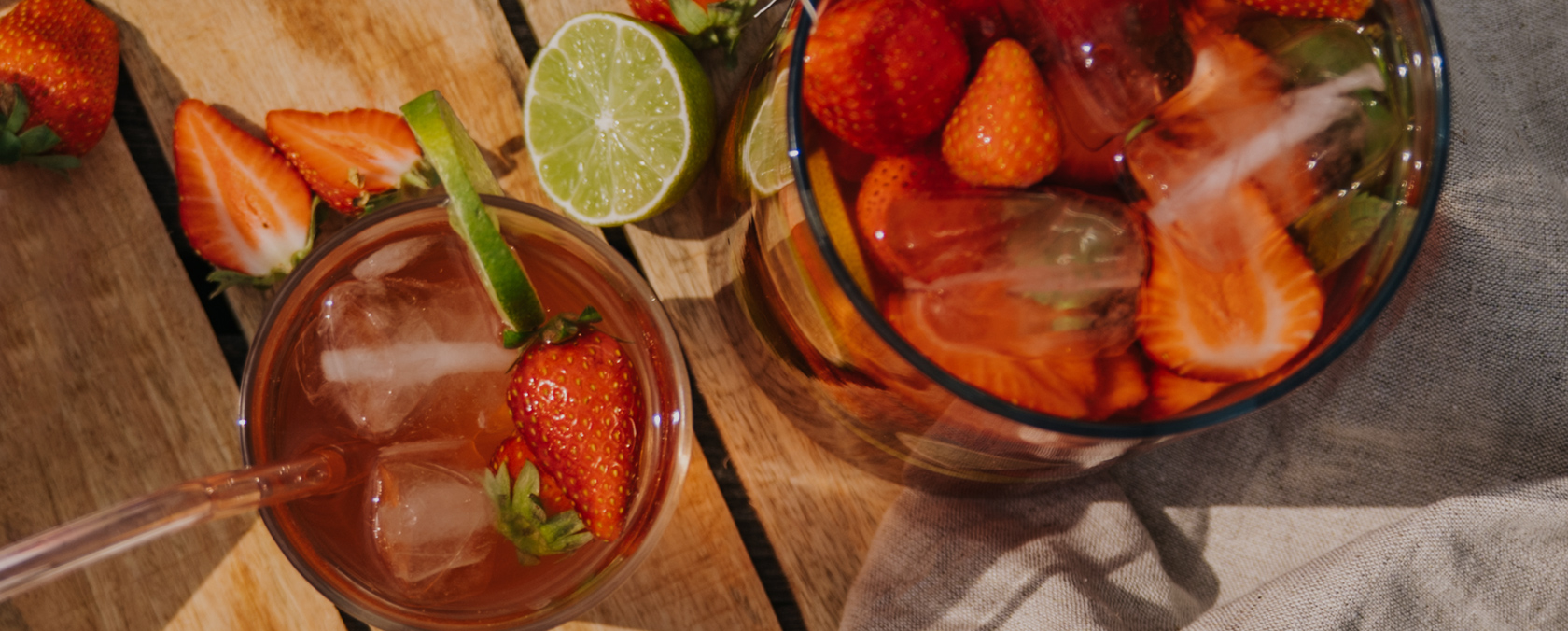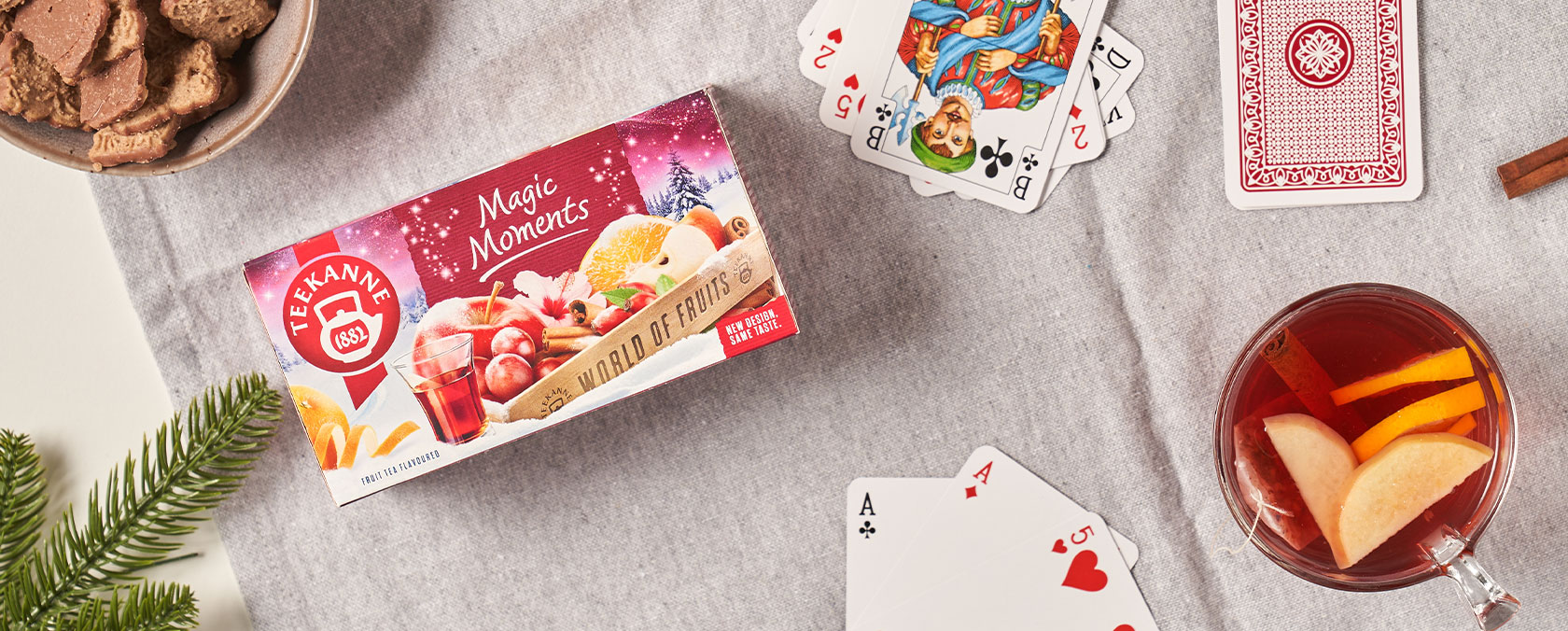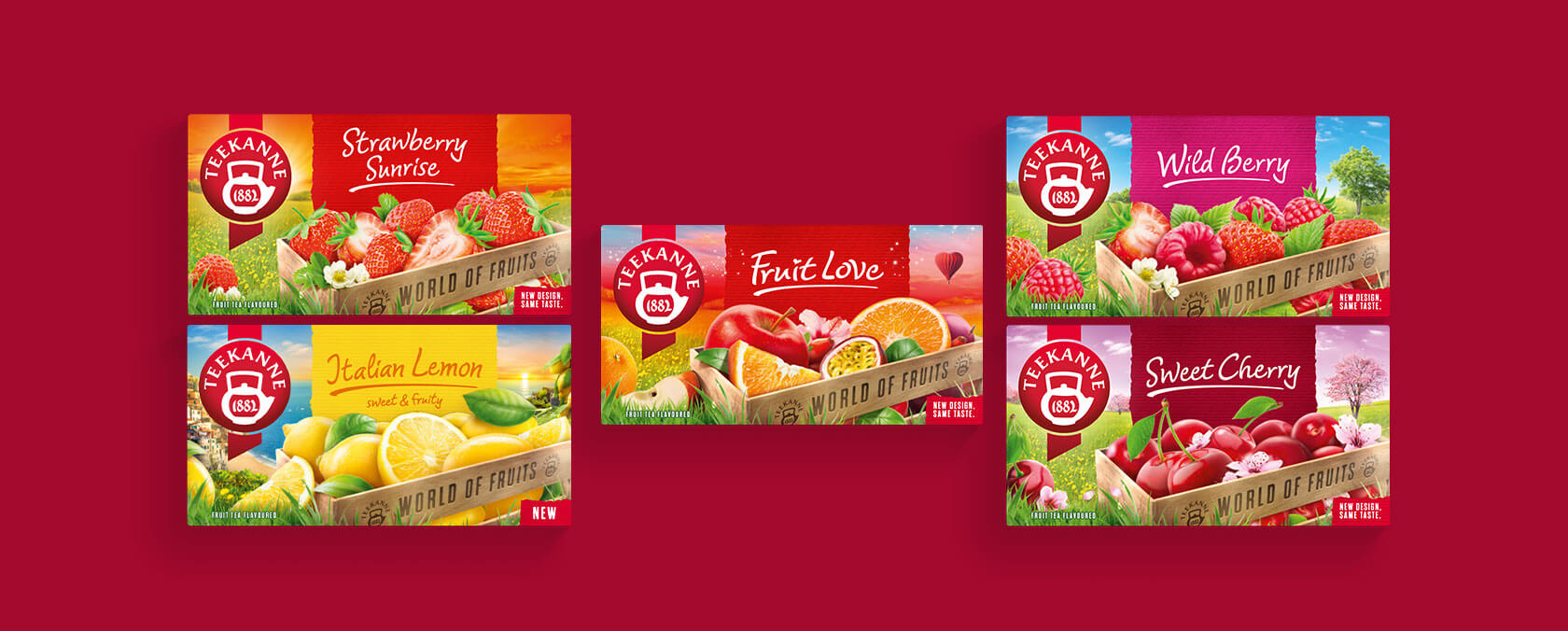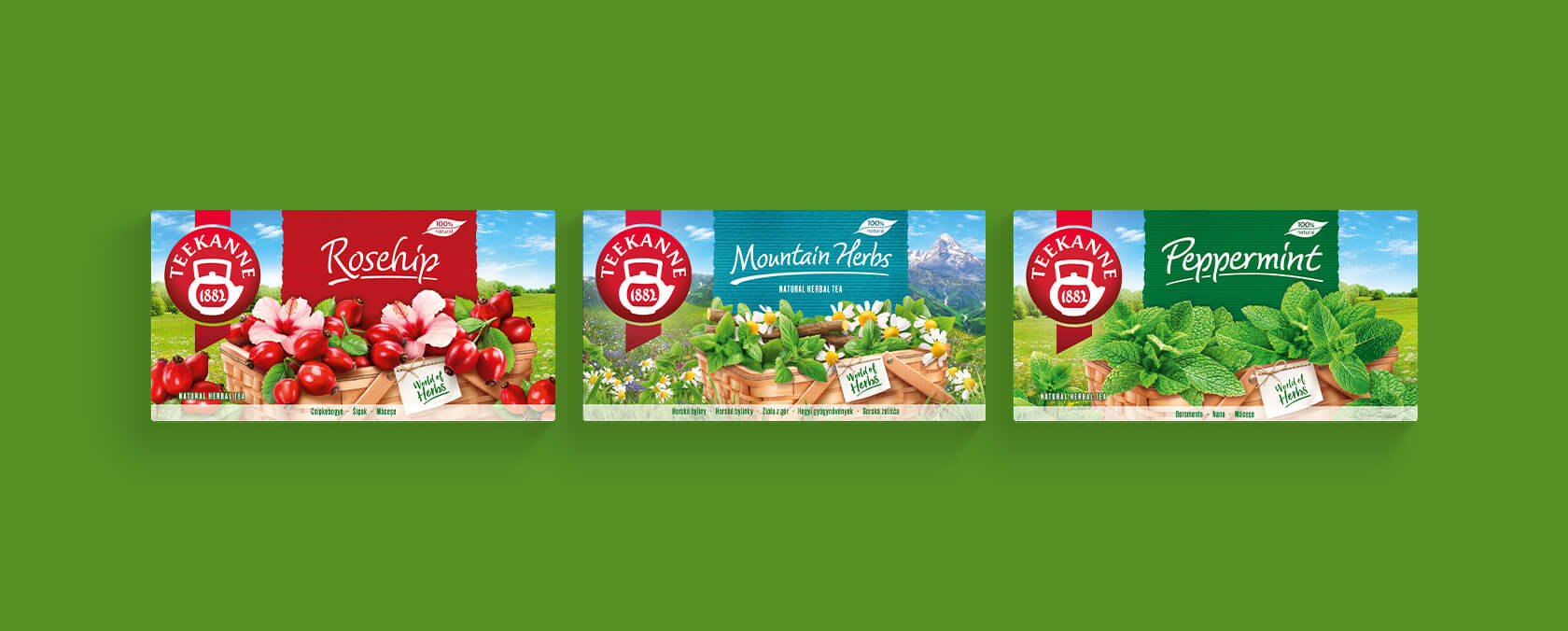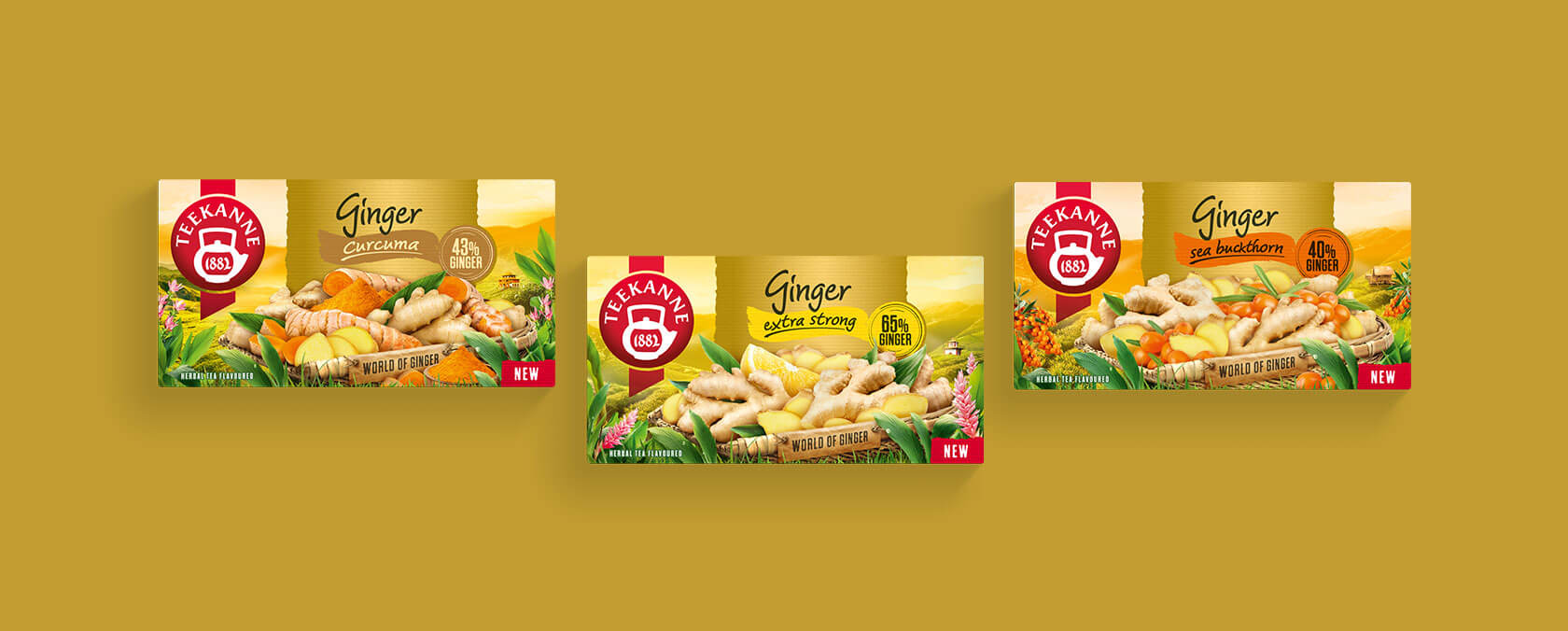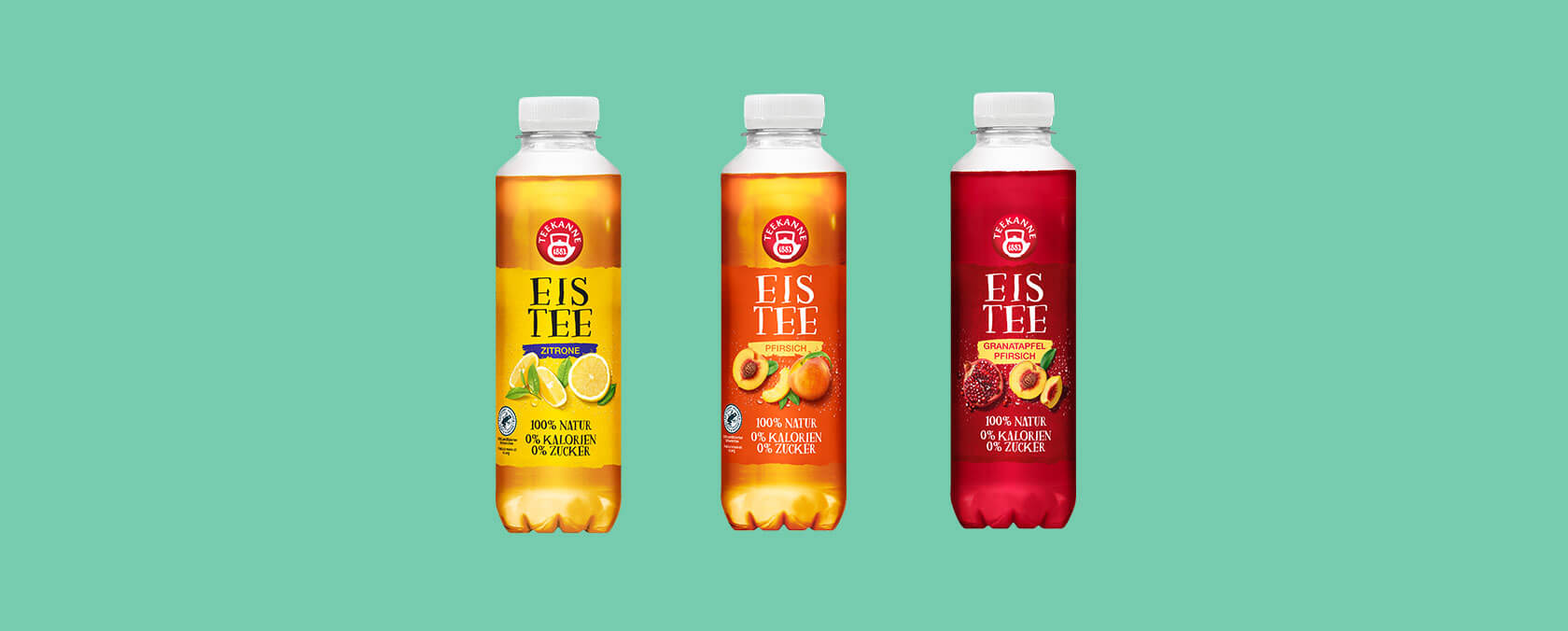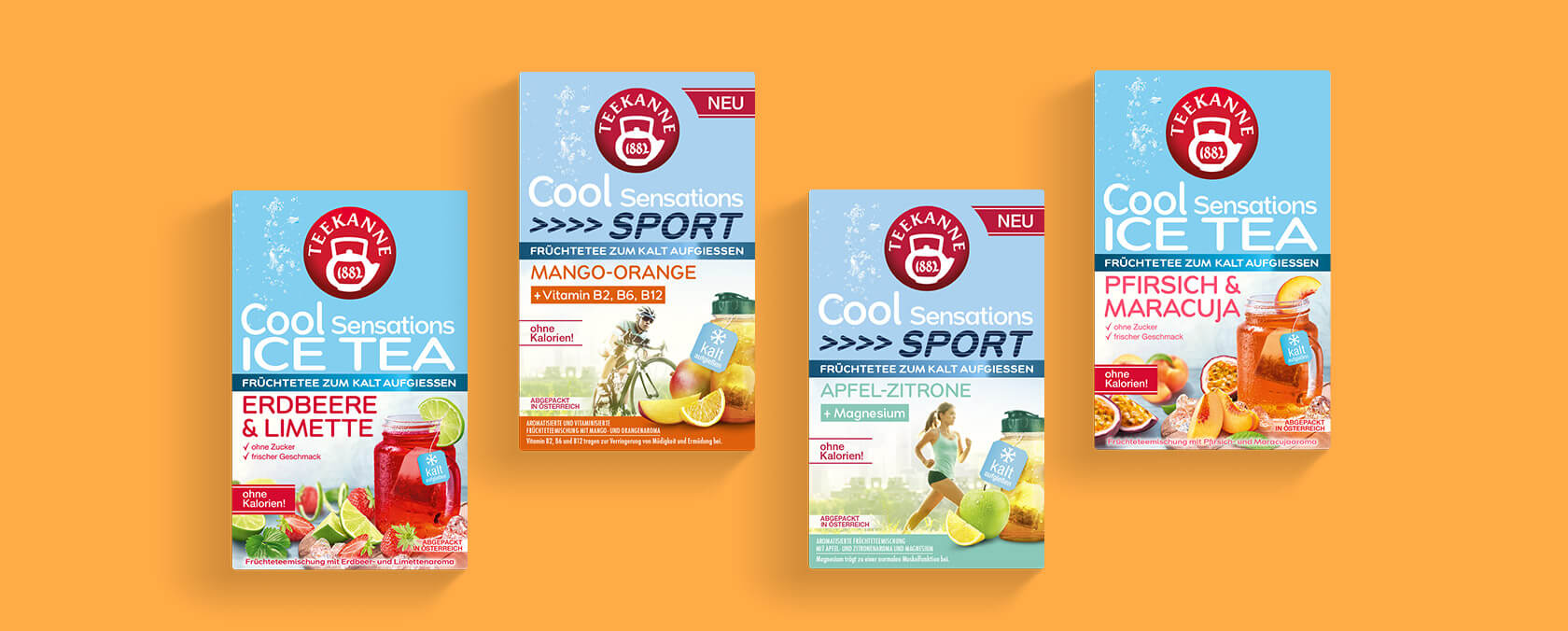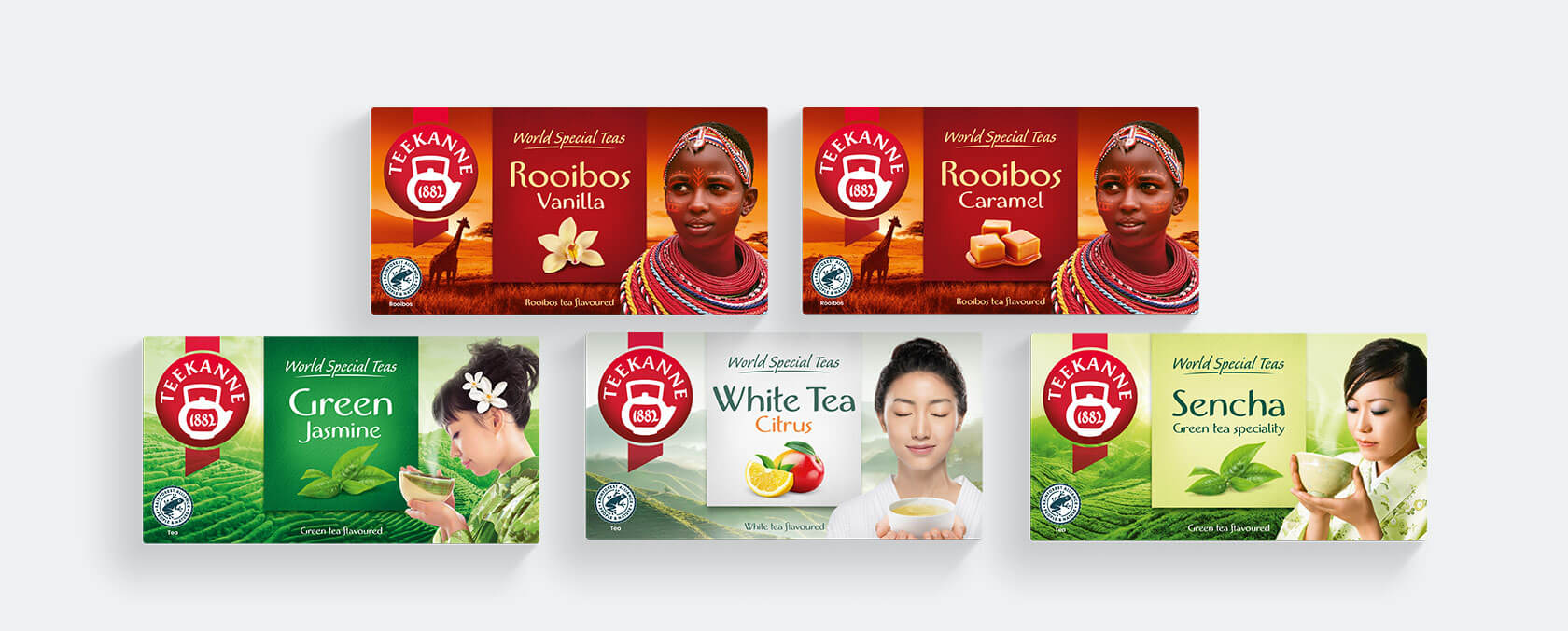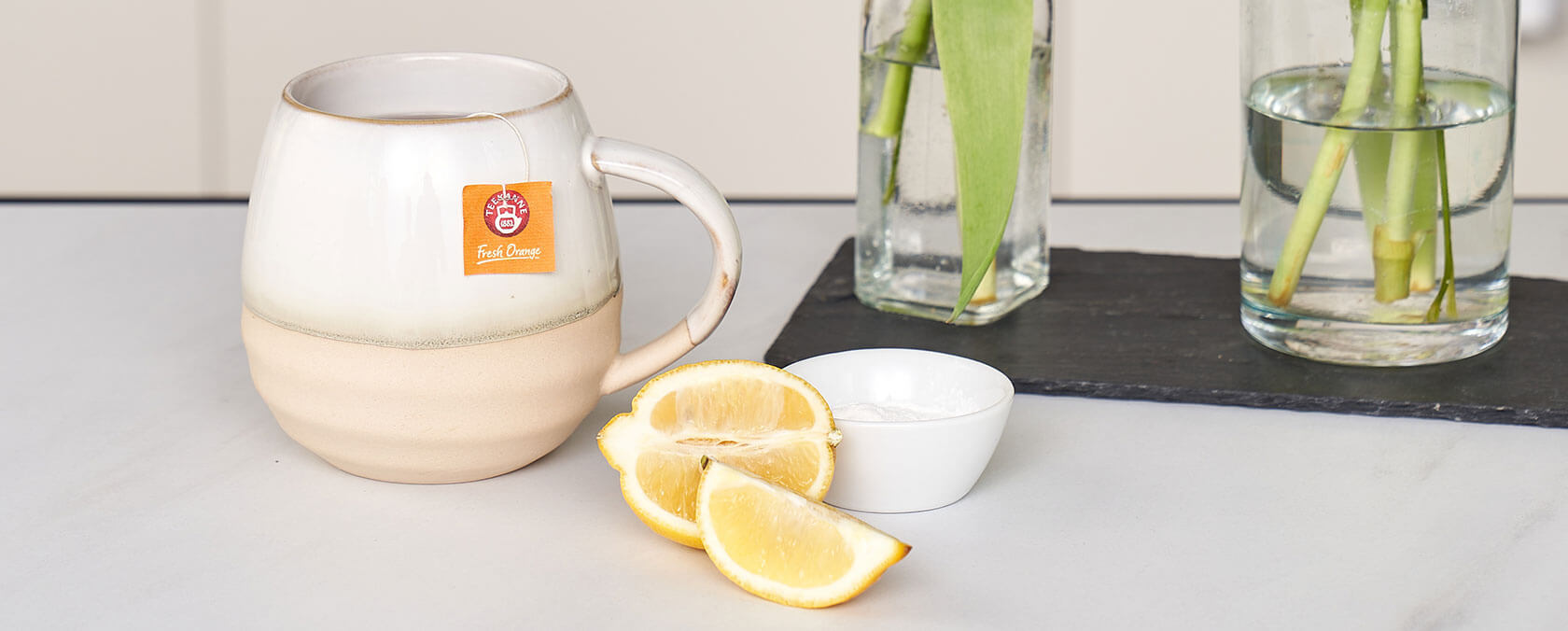All about tea
FAQ
The addition of small amounts of milk or cream intensifies the flavour of the tea and softens the astringent characteristics of the substances it contains.
In England, they use a small amount of cream with 8–10% fat, while in East Friesland they use heavier cream. Whole milk (fresh or preserved) and condensed milk are also used. You should decide what to use based on your own taste. This also applies to how much milk or cream to put in, of course, so we can’t really give a general recommendation. One recommendation would, however, be the amount of condensed milk that is generally served with a cup of black tea at a café
In addition to the quality and amount of tea, good water and an appropriate steeping time are basic factors in making a flavourful cup of tea.
Start by pre-warming your teapot or cup (fill the pot or cup with hot water and let it sit for a minute).
Use only fresh, cold water. If you don’t have good tap water, you can use filtered water or (non-carbonated) bottled water. Never use hot water from the tap. Let the water run for a few seconds, until the water is really cold. Then, it contains a high level of oxygen and allows the tea to release its full aroma.
Bring the water to a rolling boil. Letting it boil for a little while longer helps to make the water softer. But don’t overboil the water, because it will lose its oxygen and the tea will taste dull. Pour the boiling water over the tea leaves.
Because the caffeine and the tannins in the tea achieve their maximum effect after different steeping times, letting the tea steep for three to five minutes (the water for green tea should be a little bit cooler, and the tea should only steep for three minutes) before serving is optimal
Iced tea is a deliciously refreshing beverage, not just cold tea! Simply brew the tea with three times the normal amount of tea, and add lemon juice and sugar or honey to taste. Fill your glasses 2/3 full with ice cubes, pour in the hot tea, and stir vigorously.

